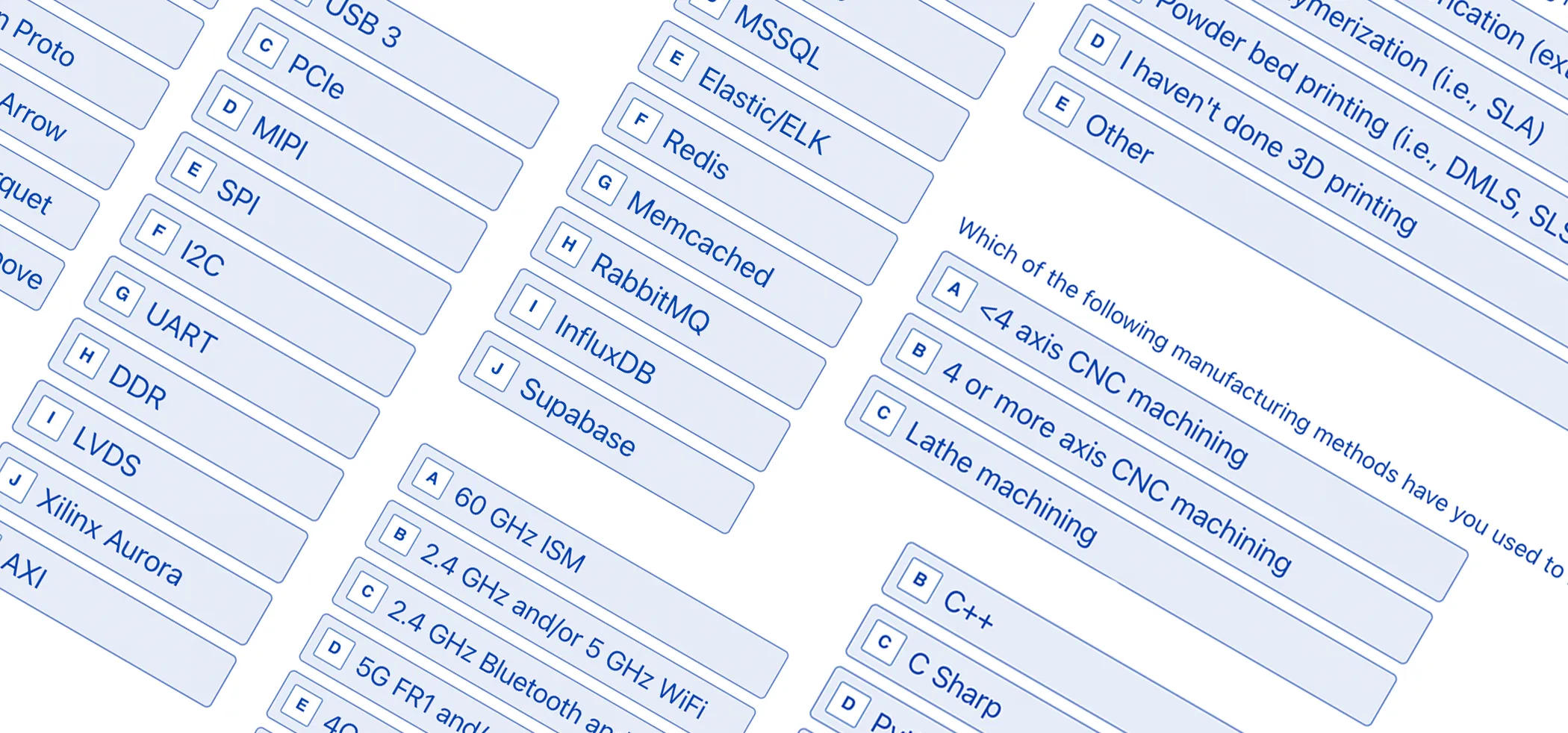At Science, while our team is composed of a broad range of deep experts, there are a few kinds of roles that are evergreen, for which we are always on the lookout for truly exceptional people. Among these, electrical, mechanical, and software engineering in particular are always experiencing insatiable demand.
These are by no means the only important roles at Science – far from it – but they are broad and many of the very strongest candidates often have some degree of overlap, with mechanical engineers who can also design PCBs, or electrical engineers who can write web apps, or software engineers who build robotics on the weekend are all common. With that said, we aren’t necessarily looking for candidates with these overlaps – it’s totally fine to be a purist for one, too.
To make it easier for the best candidates to apply and for us to evaluate them on their merits, we’re introducing a new streamlined hiring process for these roles. Candidates for mechanical, electrical, or software engineering roles should begin their job application with this form rather than going through our regular job board.

The process has four basic steps:
-
First, candidates are asked to complete an interactive survey designed to map out a high level sketch of their range of hard skills and depth of knowledge. A resume or cover letter can be submitted with the survey, but one is not essential; the form will ask for all of the information we need.
-
Based on the results of this survey, candidates selected for the next step are invited to complete a short take-home problem and submit a statement explaining why they’re an outlier. Often this takes the form of winning or placing highly at a competitive game, such as Math Olympiad, Formula SAE, Drone Racing League, or having run a successful company, but it can truly be anything so long as it’s compelling and speaks directly to your technical capability.1
-
If the take-home is graded a pass, candidates next have one 30-minute call with an engineer at Science.
-
Finally, candidates who are advanced past the phone interview are invited on-site for a half-day interview including a team presentation, a range of small group discussions, and one or more practical tests.
All candidates who come on-site will receive a clear decision from us within four days. Successful candidates will be offered start dates between 2-6 weeks out, which can be deferred for up to 8 weeks, except that candidates who are currently in school may apply anytime up to 16 weeks preceding their graduation date.
All roles are full-time on-site in Alameda, CA, though in some cases the opportunity to be based at Science Foundry in Durham, NC or our office in Paris, France may be available.
1. Some other examples include:
- Authoring a meaningfully-used open source project depended on by others.
- Achieving an at-the-time SOTA result in some competitive AI benchmark, or improving runtime or computational efficiency.
- Building a complex or large-scale art project involving technical elements for a festival or exhibition.
